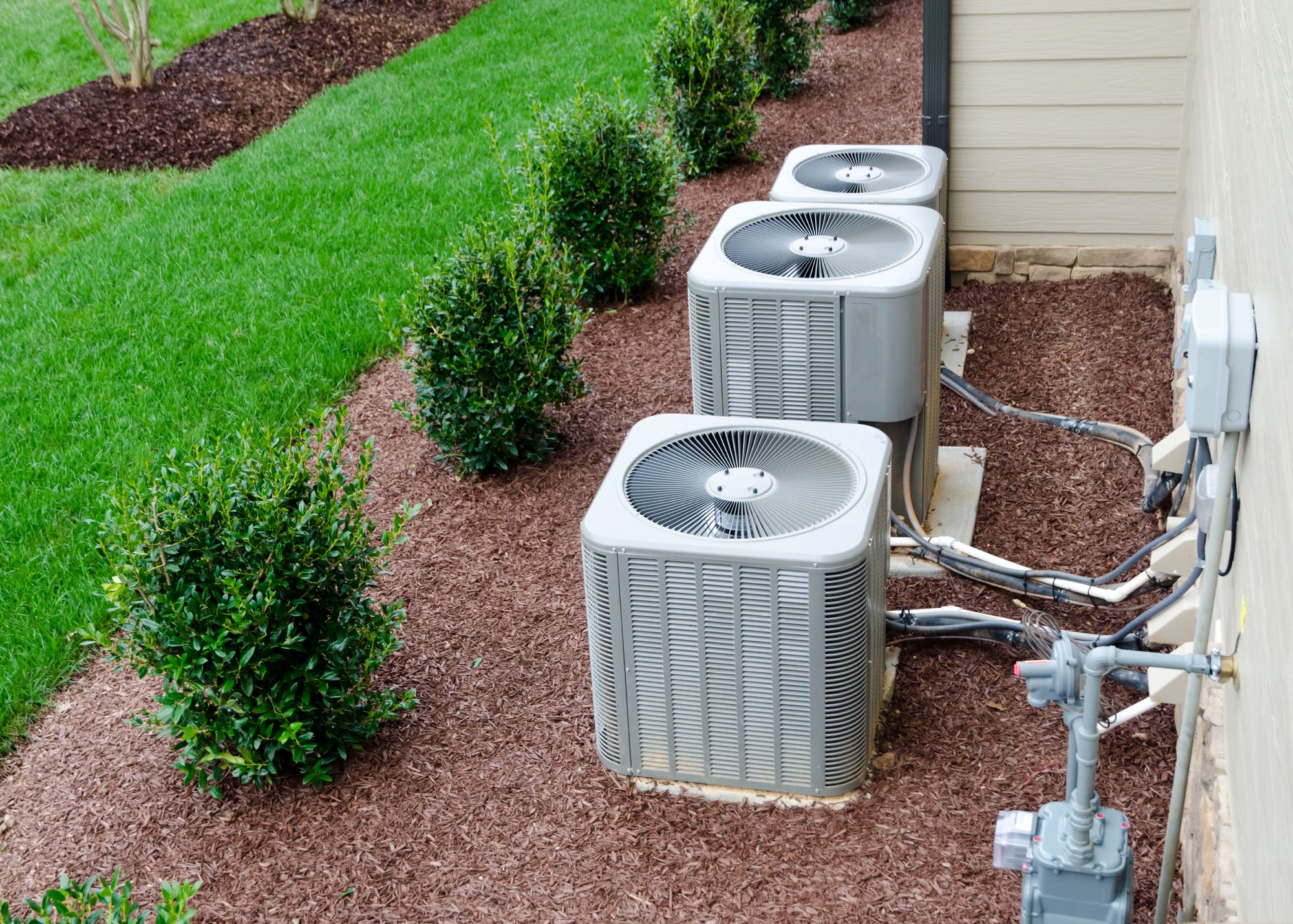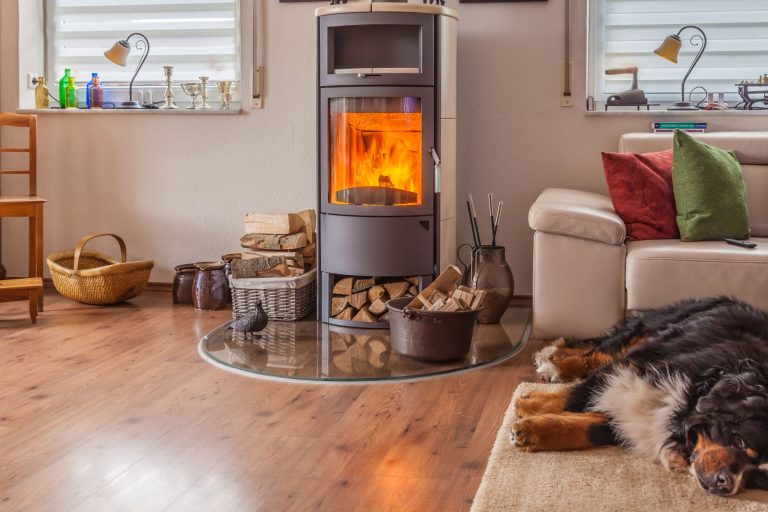With global warming comes a wide range of issues, including unpredictable weather patterns and extreme temperature changes. According to the National Aeronautics and Space Administration (NASA), the world’s average temperature has risen to more than 1° Celsius (2° Fahrenheit) since 1880—driving almost 90% of US households to rely on air conditioning. Yet, global warming has made winters colder, too.
It’s hard to imagine homes without heating, ventilation, and air conditioning (HVAC) systems to manage indoor temperatures.
HVAC installation is one of the most significant expenses a homeowner could have. Hence, it’s only proper to find ways to maximize such an investment.
Choosing the right components and hiring professionals are keys to increasing an HVAC system’s shelf life. But there are other important considerations.
Installation quality
An HVAC system is more complicated than it looks. Besides the air conditioner, an HVAC system has parts like the heat pump, boiler, furnace, and ducting system. Performing ductwork correctly is key to avoiding leaks and involves placing air vents in the right places. Proper knowledge in these areas ensures your system works as it should.
Even the slightest mistake can significantly affect any component’s performance and output, leading to damaged equipment, compromised units, and voided warranties. As such, a do-it-yourself approach is strongly discouraged.
Hiring professionals ensure you get things right the first time. Ask for referrals or perform an online search. Key in HVAC installation and your location, for instance, “HVAC installation Howard, OH,” to start looking.
The system’s efficiency ratings
Unfortunately, a high-quality installation can’t compensate for poor or defective product components. Before choosing the parts that make up your home heating and cooling unit, check unbiased online reviews or ask your neighbors about their HVAC systems. Additionally, you can check the product’s efficiency ratings:
- Seasonal Energy Efficiency Ratio (SEER): It is calculated by dividing the cooling output during a typical cooling season by the total energy input in watt-hours during the same period. Higher ratings mean more efficiency. For comparison, old AC units had between eight to ten SEER ratings, whereas new models have at least 14 SEER ratings per recommendation by the US Energy Department.
- Annual Fuel Utilization Efficiency (AFUE): Furnaces and boilers use this metric to determine fuel conversion efficiency. AFUE ratings should be at least 80%, per national requirement.
If you have outdated units, it’s best to replace them as soon as possible to maintain efficiency and prevent your HVAC system’s further deterioration. Watch this video to learn how often you need to replace your HVAC system:
Proper size
Yet another reason to work with HVAC professionals is to determine your home’s load requirements properly. A system with too much capacity will experience short cycling, where the units turn on and off frequently.

Conversely, a system that’s too small to fulfill your needs will have to work harder, putting a strain on your unit. None of these instances are ideal for homeowners, as they can negatively impact efficiency and shorten the system’s lifespan.
Homeowners spend anywhere from USD$4,850 to USD$9,400 when replacing their HVAC system, depending on various cost considerations. Purchasing a new AC unit contributes to a huge portion of the total expense, so it pays to get the size right.
Use and maintenance
Proper HVAC use is also key to expanding its operating capacities. A unit running constantly is more susceptible to wear and tear, making it more likely to malfunction or stop working earlier than it should.
To prevent system straining, use programmable thermostats, change air filters frequently, and let professionals conduct periodic maintenance. Regular checks enable professionals to spot minor issues and address them before they worsen.
You can use electric fans instead of air conditioners or open your windows in fine weather. Remove obstructions around the outdoor unit to ensure proper air circulation and prevent overheating.
With proper use and maintenance, the average lifespan of most HVAC systems is 15 years. Furnaces and boilers can last up to 20 years, with some lasting three decades.
Location
It may not look like it, but your location and where you put your HVAC unit contributes largely to how your system fares. When left unmanaged, humidity, dust, and corrosion contribute to early damage in your system, starting with its components.
Humidity varies from season to season, which can affect the ambient temperature. Too much moisture can impede the system’s cooling effect, whereas low humidity makes the winter air more difficult to warm. Dust accumulation can also hamper your unit’s performance. Regardless, your HVAC must work harder to provide the ideal temperature in such instances. Expect a shorter system lifespan if these happen regularly.
The same holds for HVAC systems on the shore, as salt can mix with water and corrodes the metal parts of the outdoor unit.
Concluding thoughts
An HVAC system needs various components to work efficiently. As such, the unit’s lifespan will depend on different factors, including quality, usage, maintenance, and location. Ensuring that the above requirements are considered before, during, and after HVAC installation is paramount to the longevity of your cooling and heating system.

